
The Costa Blanca is the winter sunrock capital for sport climbers from all over Europe. It is now the norm to spot a few duvet clad comrades amongst the conventional holidaymakers when collecting baggage from the carousel at the airport, the majority arriving from colder points north hoping to bag a week or two of prime Spanish limestone sport climbing and perhaps a more adventurous day out on the many peaks of the region.
Masses of different sport crags with convenient access, cheap accommodation, budget flights and plenty of sun have served many teams well over the years and once hooked its hard to look elsewhere.
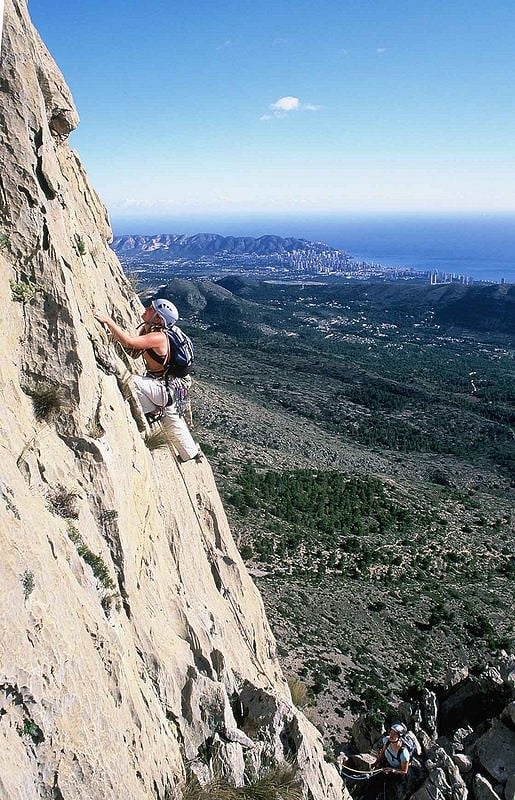
The potential for wintertime sport climbing fun for those from the cold north was first exposed by two guidebooks one German and one English at the start of the 90's and from that point in time onward things have moved on apace to what now seems a healthy maturity today. No other winter rock climbing destination in Europe offers the combination of reliable weather in conjunction with the diversity of climbing on offer. This diversity covers virtually all climbers' needs ranging from low grade sport climbs, Via Ferattas and scrambling through to top grade sport climbs and long multi-pitch routes both adjacent to the sea and high in the coastal mountain ranges.
The Climbing
The sheer volume of routes to go at and the reasonably large area throughout the region where the crags and mountains are located makes things slightly overwhelming when it comes to a choice of venue to stay and climb, however the following section of this feature gives a condensed overview of what is on offer and where, and will provide some ideas that includes venues old and new to head for for both the first time winter visitor or the old hand winter migrant.
The most popular style of climbing that visitors to the Costa Blanca come for is pure sport climbing and these crags don't disappoint. Added to the sport climbing on the more conventional crags are some big multi pitch sport climbs along with a whole host of big trad climbs that many include in the holiday itinerary although a whole series of visits could be made climbing on the mountain traditional lines alone. Finally there has been a steady number of additions to the line-up of routes on new cliffs along with some documentation of the Deep Water Soloing venues and the exposed ridges dotted around the mountains and coast.
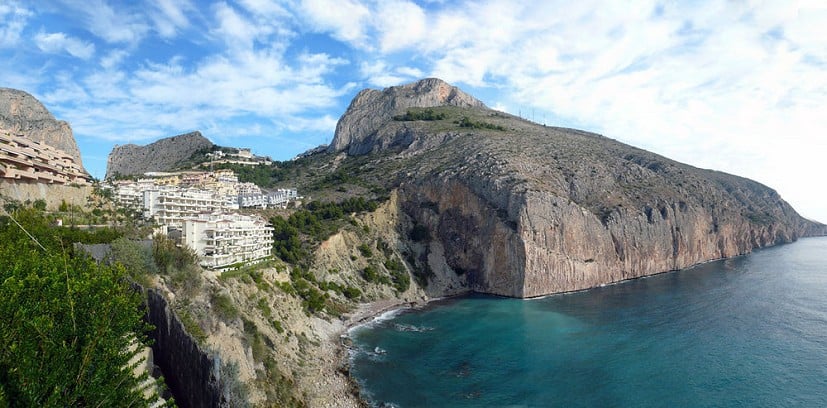
The initial pull of the Costa Blanca for winter climbing visitors were the accessible crags that surround the seaside town of Calpe with Sierra de Toix , Mascarat Gorge and Altea being many folks intro to the delights to be had a couple of hours away from rain and snow. A little further out the bulging grey and orange streaked limestone of Gandia leans out over an orange grove and like its waterside cousin done much to promote the benefits of the area to the masses. As the 90's progressed the crags of Sella , Forada , Marin and Reconco gathered popularity, their grade span and idyllic locations leaving few disappointed. Latterly even more crags have come to the fore and for even the most regular of visitors there is always something new to be tackled at spots like Pinos , Cabezon de Oro and Pego.
The Mountains And The Penon de Ifach
Perhaps the crowning glory of any trip to the Costa Blanca, and the one aspect that sets it above many other winter sun spots is the possibility of knocking off a big multi-pitch route in shorts and a tee-shirt at Christmas. The iconic dolomitic seaside walls of the Penon de Ifach that rears up above the harbour at Calpe is not easy to ignore and its classic routes such as Costa Blanca (6c+) , Diedro UBSA (5c) and El navegante (7a) have thrilled many over the decades - a better xmas present is hard to imagine. Inland the mountains have also provided the same excitement supreme above them all being the Puig Campana that dominates and dwarfs the skyscrapers of Benidorm. The magnificent spur of Espolón Central (4c) is not to be missed or taken too lightly as it is a long way up and down and the short winter days have caught out numerous late starters or slower teams.
The Great Ridges
For those who like to mix their sport climbing with some mountain walking and scrambling, the Costa Blanca also offers a series of great ridge walks. These range from the well known Bernia Ridge to the dizzying knife-edge ridge of El Castellets. Whether tacked on to a winter sun sport climbing trip or as a holiday misson in their own right, the ridges of the Costa Blanca will provide some memorable days out, being both challenging and taking in some incredibly beautiful scenery.
The Top Ten Ticks For The Full Costa Blanca Hit
1. A Christmas day big route on the 200m face of the Penon de Ifach such as Vía Valencianos (5c) or El navegante (7a) .
2. Relax above the sea on the walls of the various cliffs of the Sierra de Toix .
3. Make the pilgrimage to the beautiful valley of the Sella crags whether its to climb on the off vertical walls or the steep and shady Wild Side sector.
4. Take a day out from the vertical and climb one of the areas mountain ridges such as Bernia Ridge (4c) .
5. Marvel at the beauty of the routes and view at Reconco .
6. Get completely pumped above the orange groves at Gandia whether on the main crag or the super steep El Bovedon.
7. Climb the Puig Campana via its majestic Espolón Central (4c) route - and get down before dark!
8. Make the long drive south to Murcia and climb a big line such as Fisura Carrillo - Vera (6b) , at Leyva .
9. Head for the hills to avoid the heat and sample the greta line up of pitches at Forada .
10. Try somewhere away from the better known spots - Baranc de l'Avern or Agujas Rojas ?

New Developments In The Area
As well as plenty of new sport climbing sectors such as The Coliseum near Sella and new developments at the sea cliffs of The Toix a good deal of DWS'ing has been publicized. This has spawned the Costa Blanca's very own deep water soloing festival. However it has been the opening up of a number of Via Feratta's in the mountains such as Via Ferrata Monte Ponoch (VF4A) which are getting more and more attention whilst on a more serious level the ridge climbs such as the well trodden Bernia Ridge (4c) that are also starting to get recognition as rewarding targets and exceptional days out in their own right.
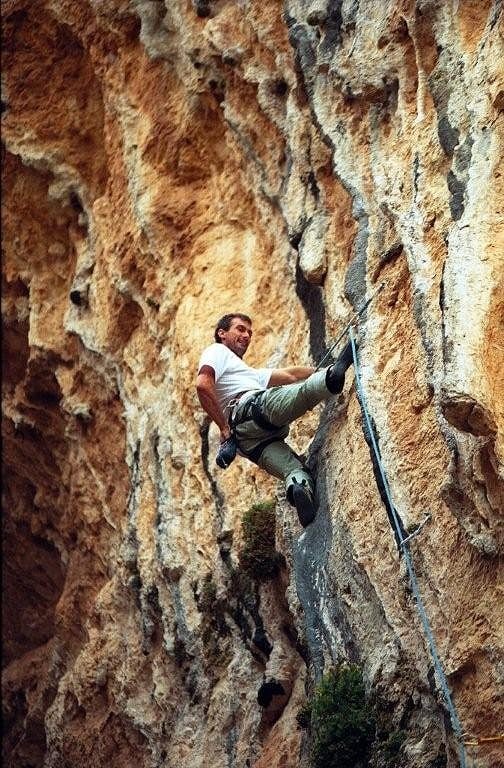
Logistics
When to Go
The best season for sport climbing runs from late September to May. During this time the air temperature is usually ideal and rainfall is not as a rule a problem. Summer is very hot even in the mountains but with plenty of drinking water and an early morning start the ridges and the easier high mountain routes and Via Ferattas should be manageable. Deep Water Soloing is a possibility at all times although in the late winter and early spring the water temperature will be cold.
How to Get There
The main airport for the Costa Blanca is Alicante. Alicante Is easily reached from many UK airports including – London's 3 main airports, Newcastle, Glasgow, Birmingham, Cardiff, Belfast, Exeter, Bristol and Bournemouth. Flights cost from £40 to £200 return between October and May. Car hire is extremely cheap at around £60 to £100 per week.
Accommodation Advertise here
No Premier Listings found in this area
Out of the peak summer months there are many economical options for renting apartments and villas in the area both on the coast and inland. Many first time visitors base themselves in or around the towns of Finestrat, Sella, Calpe and Benidorm which are within easy reach of some very good and popular cliffs, and also close to the beach. Check out the rental options listed on the Rockfax web site here.
Food
Food options are almost limitless. All of the large coastal resorts have restaurants and bars that serve dishes to cater for all tastes and budgets. The small villages offer more traditional dishes and can be very reasonably priced.
Gear and Supplies
Most villages and small towns have shops and small supermarkets whilst the big resorts have a lot of shops and hypermarkets that are easily located from the main coastal motorway (A7). There are a couple of gear shops, one in Alicante and one in Calpe. Guidebooks and a good local map are also sold at The Orange House.
Outdoor Shops Advertise here
No Premier Listings found in this area
Other Activities
The coast has lots of sandy beaches both popular and secluded. Walking in the hills and mountains is beautiful and often very quite as are the inland villages. Mountain biking on the many mountain tracks is popular and the mountain roads provide good sport for the serious road cyclist.
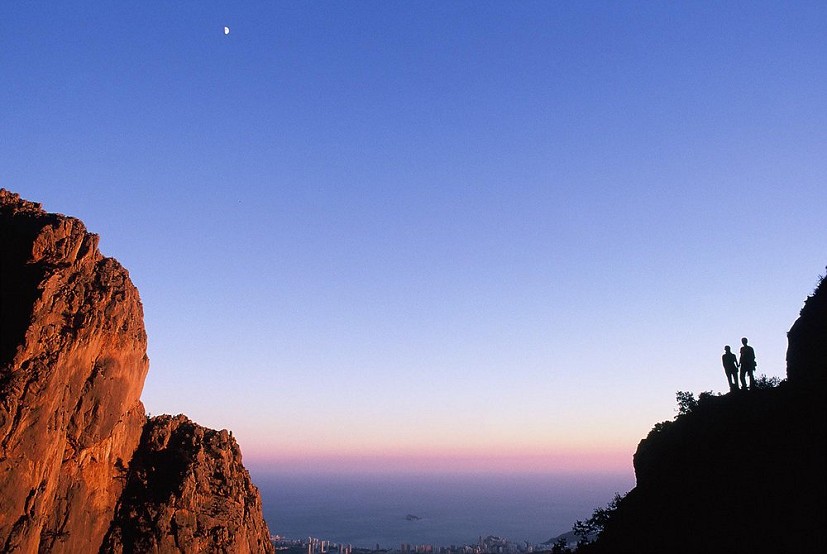
- REVIEW: Virgin on Insanity by Steve Bell 15 Jul, 2016
- REVIEW: Edelrid Jay II and Jayne Harnesses 12 Jan, 2015
- ARTICLE: Five of the best VS Routes in the UK? 1 Dec, 2014
- REVIEW: Sherpa Lakpa Rita and KritiTech Shell Jackets 27 Oct, 2014
- REVIEW: Inner Hebrides and Arran Guidebook 4 Jul, 2014
- The Primus ExpressLander Stove 8 Feb, 2013
- The Beta Stick Compact 30 Nov, 2012
- REVIEW: Locking Gate Karabiners With Added Safety Features 27 Nov, 2012
- World Climbing: Rock Odyssey by Simon Carter 13 Mar, 2012
- The Evolv Shaman Rock Shoe 6 Jan, 2012



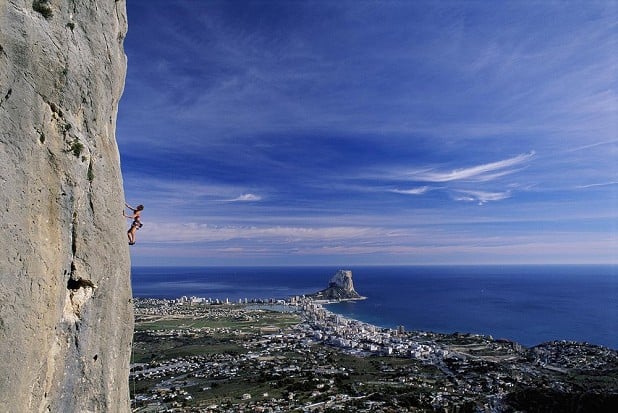
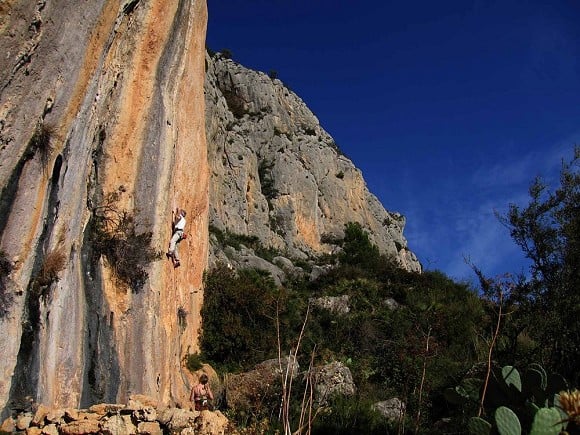
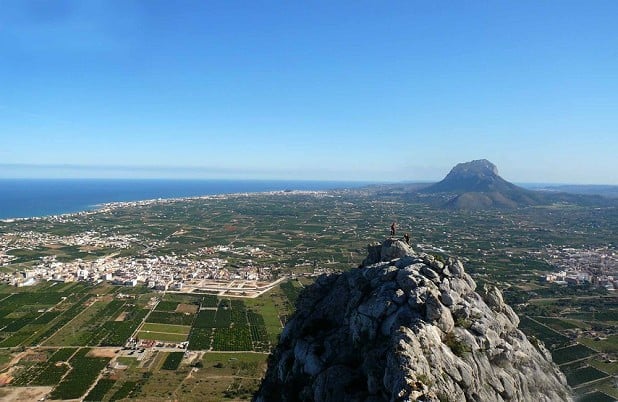




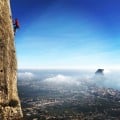

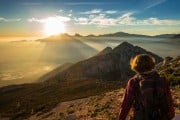
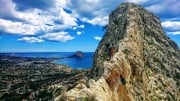
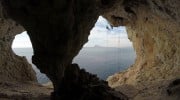
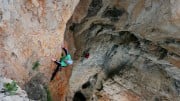



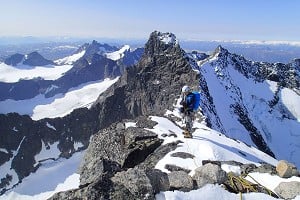
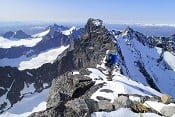





Comments